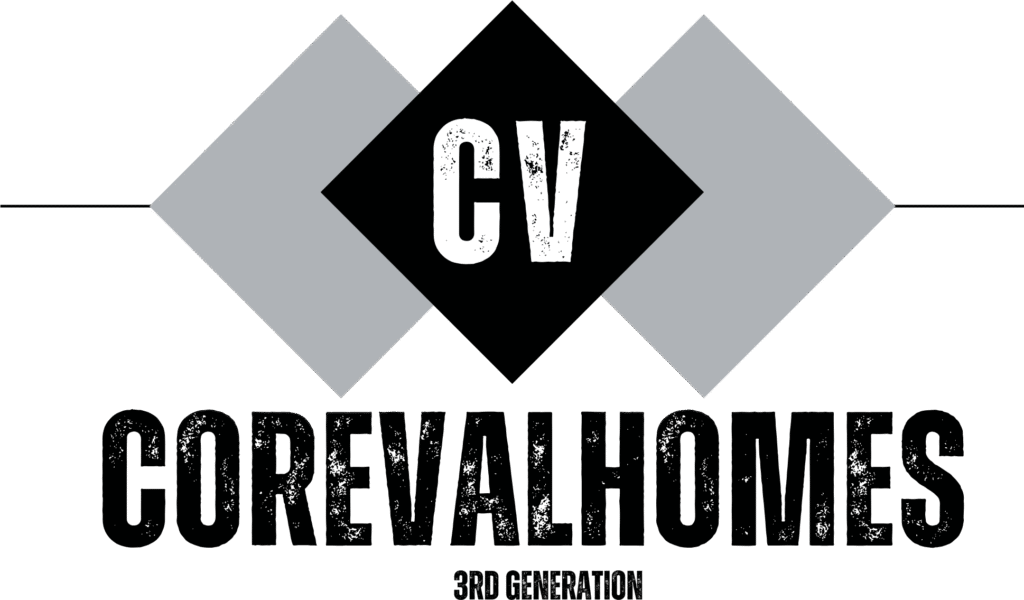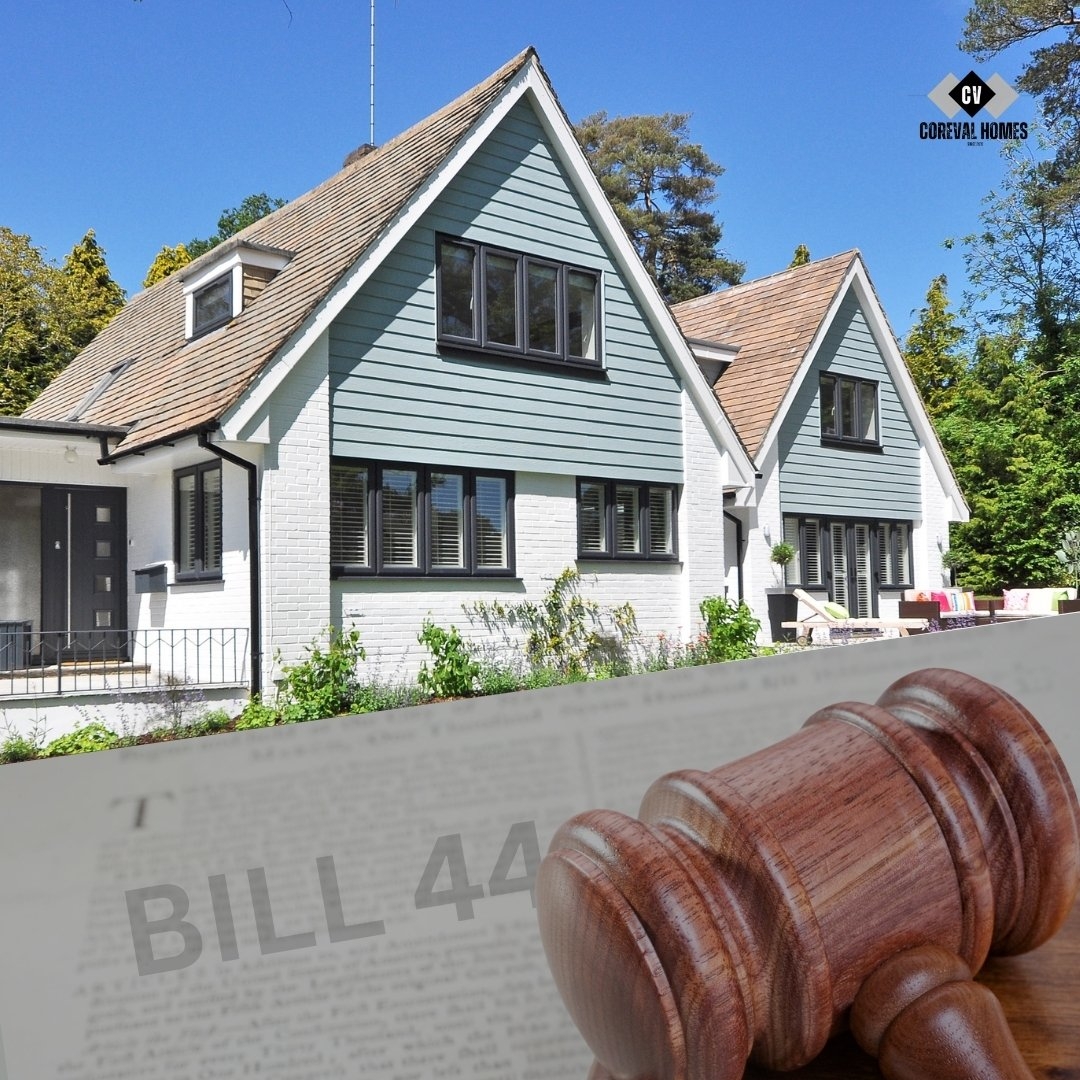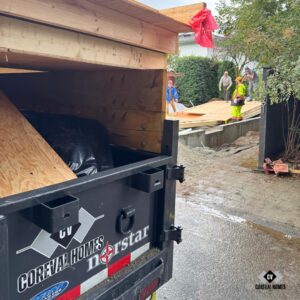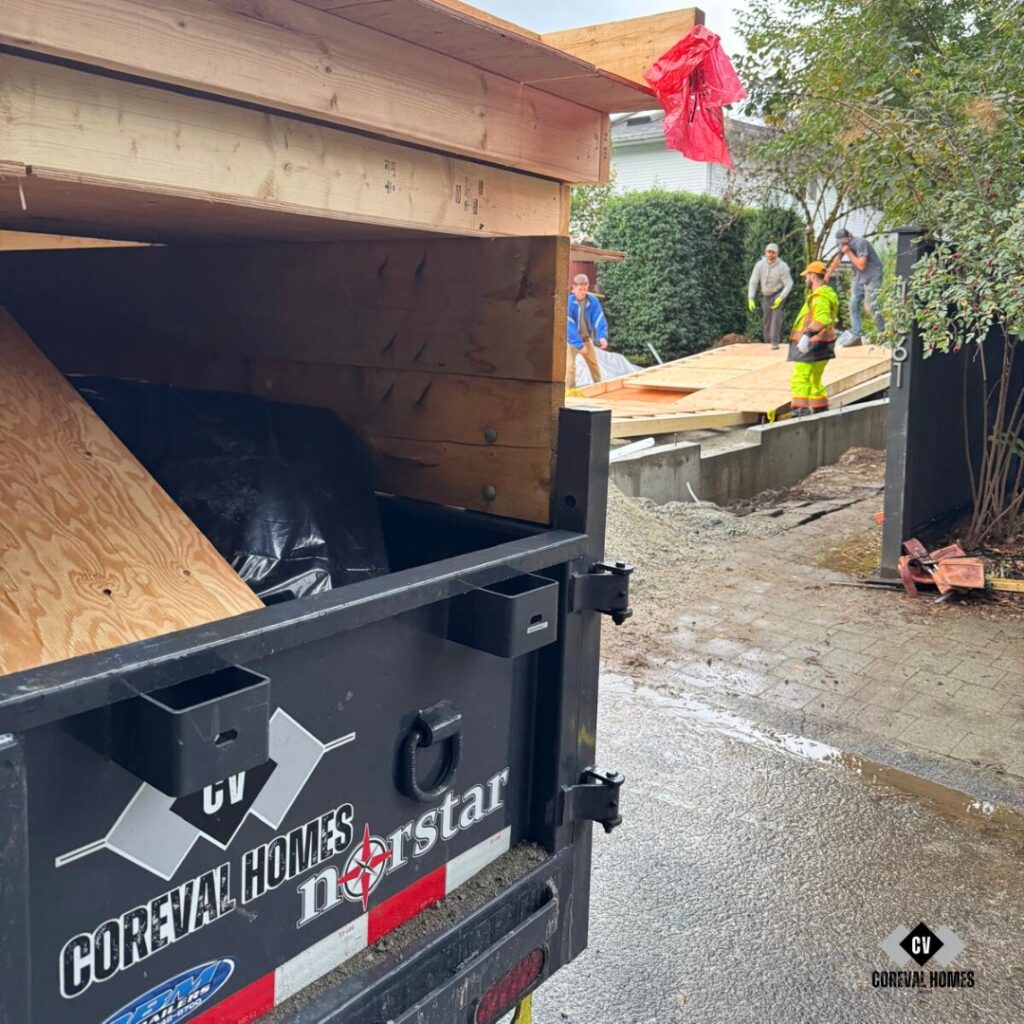The enactment of Bill 44, the Housing Statutes (Residential Development) Amendment Act, marks a pivotal shift in British Columbia’s approach to addressing the chronic housing supply shortage, especially in urban centers like Vancouver. For homebuilders, developers, and real estate professionals, understanding the technical and regulatory implications of Bill 44 is essential to navigating the evolving landscape and capitalizing on new development opportunities.
Understanding Bill 44’s Core Provisions
Bill 44 mandates all municipalities in British Columbia with populations exceeding 5,000 residents to revise zoning bylaws by June 30, 2024, to permit small-scale multi-unit housing (SSMUH) on lots previously zoned exclusively for single-family homes or duplexes. This includes the following:
- Three to four units permitted on lots under and over 280 square meters respectively.
- Up to six units on larger lots (over 280 square meters) within 400 meters of frequent transit stops.
- Secondary suites or accessory dwelling units (ADUs) are now permitted universally.
- Municipalities must update Official Community Plans (OCPs) and Housing Needs Reports (HNRs) to forecast housing demand over 20 years.
- Importantly, Bill 44 prohibits municipalities from using zoning, heritage designation, or other bylaws to unreasonably restrict these increased densities, even within areas with municipal heritage protection, though some provincial or federal heritage protections remain exempt from demolition.
Significance for Vancouver and Regional Context
Vancouver, already grappling with some of the highest housing prices in Canada, views Bill 44 as both a challenge and an opportunity. The City has proactively adopted R1-1 Residential Inclusive zoning to align with Bill 44, allowing multi-unit developments like triplexes and fourplexes in traditionally single-family neighborhoods. However, exceptions such as the First Shaughnessy Heritage Conservation Area required recent amendments to permit up to six units in non-heritage protected lots within that historic precinct.
Statistical modeling by the provincial government indicates Bill 44 has the potential to unlock the creation of approximately 130,000 new small-scale multi-unit housing units over the next decade, significantly increasing supply in high-demand markets like Vancouver and greater Metro areas.
Technical Implications for Homebuilders
Similar to Bill 47, Bill 44 introduces key technical considerations for homebuilders and developers aiming to take advantage of these regulatory changes:
- Lot Size and Unit Density: Builders must perform precise lot measurements; a lot greater than 280 sq. m qualifies for up to four units, with potential for six near transit loci. Understanding the exact transit proximity criteria—within 400 meters of frequent bus or rail service—is critical for maximizing site density.
- Parking Requirements: By removing mandatory off-street parking for developments within 400 meters of transit, Bill 44 reduces construction costs and increases usable development area, which is pivotal in dense urban Vancouver neighborhoods.
- Heritage Limitations: While federal and provincial heritage protections safeguard certain homes from redevelopment, municipal heritage designations cannot be applied in ways that unreasonably prevent Bill 44 compliance. This may lead to potential demolition or redevelopment in some heritage neighborhoods, requiring a nuanced approach respecting local community consultation and regulatory dynamics.
- Community Amenity Contributions (CACs) and Development Cost Levies (DCLs): While Bill 44 streamlines unit counts, other regulations like Bill 46 impact financing through new amenity cost charges, which homebuilders must integrate into development feasibility analyses and pricing models.
Why Bill 44 Matters to Real Estate Professionals
Real estate sales and investment strategies must adapt to Bill 44’s zoning overhaul:
- Increased Supply and Market Dynamics: Small-scale multiplexes substantially increase housing stock while maintaining neighborhood scale and streetscape character. This will likely alleviate market pressure and potentially moderate rapid price escalations in certain Vancouver neighborhoods where detached homes have dominated.
- Diversified Investment Opportunities: Multiplex units represent more attainable entry points for middle-income homeowners and investors, allowing smaller-scale, lower-risk investments compared to larger apartment complexes.
- Evolution of Neighborhood Value: Land economics are shifting; lots capable of multiplex development will command premium values relative to single-family zoned lots, especially near transit. For example, comparable lots in Langley showed stark valuation differences based on zoning designations which Bill 44 aims to recalibrate across BC.
- Consulting on Compliance and Renovation: Real estate agents and developers must keep clients informed about Bill 44 compliance timelines, permit processes, and potential neighborhood impacts, facilitating smooth transactions and development approvals.
Projecting the Housing Landscape: Data and Trends
- As of 2023, Vancouver’s average price for a detached home hovered above $1.9 million CAD, with supply shortages causing a chronic inventory deficit near 2 months of sales — well below the balanced market threshold of 6 months.
- By 2033, Bill 44 aims to add 130,000 units province-wide, a 15% increase in small-scale multi-family housing stock, with the densest impact in Metro Vancouver where transit corridors intersect current single-family zones.
- Preliminary estimates from municipal compliance tracking reveal approximately 40% of BC municipalities have already updated zoning bylaws to meet Bill 44 requirements, while others continue to request extensions or express concerns about infrastructure readiness.
Strategic Recommendations for Homebuilders and Developers
- Early Lot Assessment: Evaluate existing single-family lots for compliance and potential up-zoning bonuses under Bill 44 to uncover hidden development value.
- Transit-Adjacency Optimization: Prioritize parcels within 400 meters of frequent transit to maximize unit counts and reduce parking costs.
- Work Closely with Municipalities: Engage early in the rezoning and permit processes given evolving community responses and detailed OCP updates required by Bill 44.
- Heritage Conservation Strategy: Collaborate with heritage consultants to balance Bill 44 requirements with preservation goals, minimizing conflict and project delays.
- Cost Modeling With New Development Fees: Integrate Bill 46’s amenity cost charges into financial models to ensure realistic budgeting and viability.
CoreVal Homes’ Expertise in a Transforming Market
At CoreVal Homes, we stand at the forefront of this housing transformation, with deep expertise in navigating complex zoning changes, heritage regulations, and urban planning intricacies. Our technical team integrates Bill 44 parameters into every development feasibility study to optimize design, compliance, and investment return. Whether it’s a multiplex infill in Vancouver’s established neighborhoods or strategic redevelopment near transit hubs, CoreVal Homes delivers innovative solutions backed by up-to-date data and policy insights.
The Path Forward
Bill 44 represents a critical piece in BC’s housing puzzle — mandating densification designed to increase affordability and accessibility through practical zoning reforms. For homebuilders, real estate professionals, and investors, mastery of this legislation and proactive adaptation are essential to thrive as the province reshapes its residential landscape.
FAQs
- How does Bill 44 impact the approval timeline for new housing developments?
Bill 44 streamlines the approval process by limiting the use of public hearings for developments that comply with updated zoning bylaws, enabling faster project greenlighting. - Can CoreVal Homes assist in navigating Bill 44 compliance for custom multiplex developments?
Yes, CoreVal Homes specializes in integrating Bill 44 requirements into home designs and development plans, ensuring efficient permitting and maximum utilization of zoning allowances. - What infrastructure considerations must homebuilders keep in mind under Bill 44?
Local governments require that new small-scale multi-unit housing developments be connected to water and sewer services, and some municipalities may impose site-level infrastructure requirements tied to road dedications or transport demand management. - Are there any restrictions related to rental tenure for housing developed under Bill 44?
Municipalities have authority to zone for residential rental tenure, allowing some areas to require new housing be rental units to preserve affordable rental stock. - How will Bill 44 influence property values in Vancouver neighborhoods?
Properties eligible for small-scale multi-unit housing are expected to see increased values due to enhanced development potential and proximity to transit hubs.
People Also Ask
- How many units can be developed on a single-family lot under Bill 44?
Bill 44 allows for three to six units depending on the lot size and proximity to frequent transit, with up to six units permitted on larger lots within 400 meters of frequent transit stops. - What types of housing count as small-scale multi-unit housing under Bill 44?
Small-scale multi-unit housing includes duplexes, triplexes, fourplexes, townhouses, and coach houses designed to fit within existing single-family neighborhoods. - Does Bill 44 affect parking requirements for new developments?
Yes, minimum parking requirements can be reduced or waived for developments near frequent transit, helping reduce construction costs and encourage transit use. - What role do Housing Needs Reports play in Bill 44 compliance?
Housing Needs Reports help municipalities forecast housing demand and guide zoning updates to meet long-term community needs as required by Bill 44. - How does Bill 44 support sustainable urban growth?
By promoting gentle densification near transit, Bill 44 supports reduced car dependency, lowers emissions, and encourages walkable communities.
Citations:
Community Housing Benefits Association of BC. (2023). Housing Statutes (Residential Development) Amendment Act (Bill 44) – Summary. Retrieved from https://chbabc.org/wp-content/uploads/2023/12/Housing-Bill-44-SSMU-Nov-2023.pdf
The Narwhal. (2023). B.C.’s Bill 44: Balancing housing supply and urban forest protection. Retrieved from https://thenarwhal.ca/bc-ndp-bill-44-urban-forests/
Government of British Columbia. (2024). Housing Initiatives – Local Governments and Housing. Retrieved from https://www2.gov.bc.ca/gov/content/housing-tenancy/local-governments-and-housing/housing-initiatives









